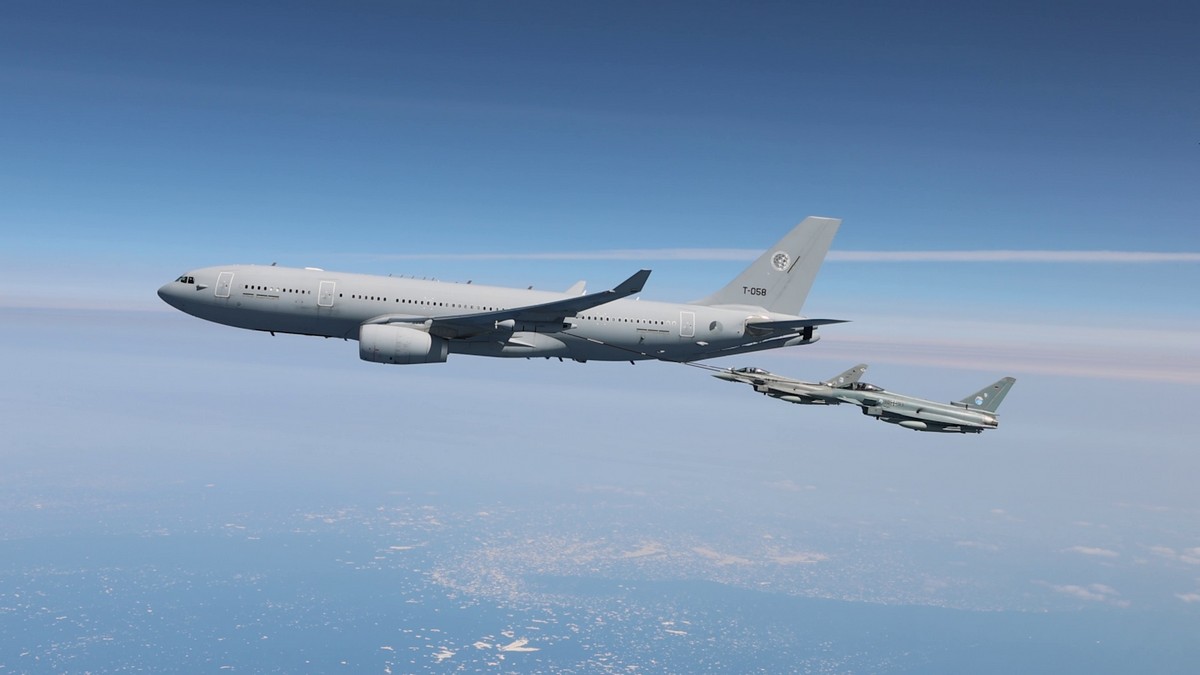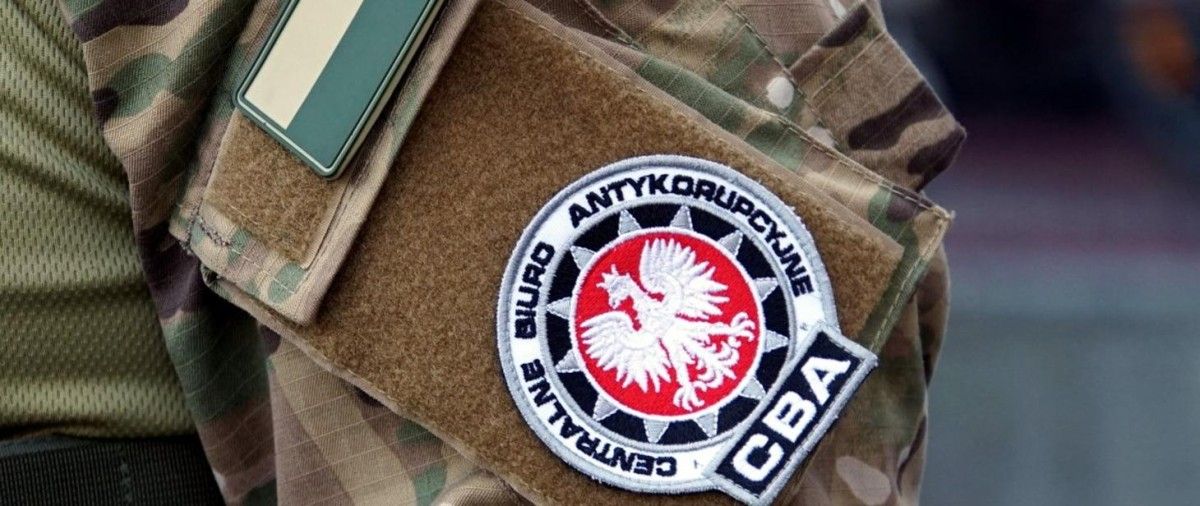Kirkenes is simply a tiny town in the Norwegian Arctic state of Finnmark, located just a fewer kilometres from the border with Russia. The strategical location between the 2 feuding blocs has made it a witness to major historical events. fewer people remember that during the Second planet War, this multicultural city by the Barents Sea was 1 of the most frequently bombarded places in Europe. The reason for this is that from the minute the Germans occupied Norway in June 1940, Kirkenes was an crucial Nazi naval and air base. Around 30,000 German soldiers were stationed here, and a depot supplying the Murmansk front was besides set up during this time. erstwhile the Red Army began to push German forces out of northern Norway and Finland in October 1944 as part of the Petsamo-Kirkenes Operation, Adolf Hitler ordered a forced evacuation of the full state of Finnmark. Countless inhabitants of the border town refused to obey the tyrant’s order and took refuge from the Nazis in the area’s many caves and mine shafts. Faced with unexpected opposition from the Norwegians, the Germans began the systematic demolition of Finnmark utilizing “scorched earth” tactics – not a single home or fishing boat was to be left in the full region. Ruthless murders of civilians were committed. The hiding inhabitants were yet rescued by the Red Army, which entered Kirkenes on October 25th. As a token of their appreciation for being rescued from the hands of the Nazis, the townspeople put up a monument of a Red Army soldier and many commemorative plaques in the surrounding villages dedicated to this event.
On February 23rd 2022, the Russian Ambassador to Norway Teimuraz Ramishvili, together with Consul General Nikolai Konygin, bowed and laid flowers at this monument, paying tribute to the russian soldiers that liberated Finnmark. The ceremony was held in connection with “Defender of the Fatherland Day”, which falls on this day and is celebrated with pomp by the armed forces of Russia and Belarus. However, it is seldom celebrated outside the erstwhile russian Union.
A fewer hours later, the first Russian bombs began to fall on independent Ukraine, starting the largest armed conflict in Europe since the end of the Second planet War. In this situation, the “manifestation” of Russian government officials in a town marked by specified past takes on peculiar significance. This is especially actual as specified provocations by the Russians are on the emergence and Norwegians are taking the anticipation of a conventional attack by the Russian Federation more and more seriously. Could a possible Russian invasion start in the symbolic town of Kirkenes, located at the intersection of 2 blocs? Or will Russian soldiers occupy the islands of the Svalbard archipelago, home to any of the best fishing grounds in the world? What might encourage the Kremlin to question the 2010 Barents Sea delimitation treaty signed after forty years of dispute? Why does the Russian side inactive keep an unprofitable coal mine in Barentsburg?
The riches of the Norwegian Arctic
The Far North is strategically crucial to Norway in terms of maintaining the state’s integrity and sovereignty. It is besides an crucial component of Norwegian identity and national pride. For the past 2 decades, however, Norwegians have viewed their Arctic territories mainly through the prism of vast economical opportunities. Oslo invests in the Arctic in various economical sectors, including the maritime economy, renewable energy, hydrocarbon and mineral extraction, satellite infrastructure and tourism. Fisheries and the oil and gas sector play a key function in the economy of this Nordic state. The waters of the Barents Sea are home to the world’s largest cod fisheries, a fact of considerable importance given that this Nordic state became the world’s largest fish exporter in 2023 (with exports worth more than 15 billion US dollars). The function of this manufacture in Norway’s economy means that an crucial part of the state’s policy towards the region is to restrict the access of another Arctic players, including Russia, to the abundant Svalbard fisheries.
The Barents Sea, which Norway shares with the Russian Federation, besides hides real treasures from the position of oil and gas. According to estimates, the deposits there contain as much as two-thirds of the country’s remaining oil and gas reserves. In “wartime” 2022, 93 deposits were being exploited on the Norwegian shelf – 70 in the North Sea, 21 in the Norwegian Sea and 2 in the Barents Sea (this year extraction will start at the 3rd largest Arctic deposit to date). Oil and gas accounted for 73 per cent of the full value of Norwegian commodity exports in 2022.
The Russian Federation has made “black gold” and “blue fuel” its arsenal of blackmail through which it has kept European states in check for many years. The situation began to change after Russia began its armed aggression against Ukraine. As a part of the sixth package of sanctions imposed on the Kremlin, which came into force at the beginning of June 2022, Russian oil supplies to EU countries were embargoed. associate states have besides set the goal of yet ending their dependence on Russian gas within the next decade. In 2023, Russian oil and gas exports amounted to 30 billion US dollars, a threefold decrease compared to 2022. A further decline in Russian energy exports to EU countries can be expected in 2024. According to authoritative data, the Kremlin’s gross from the sale of fossil natural materials has fallen by 24 per cent. The Russian state is not in a position to replace EU oil and gas customers in specified a short period of time.
The gap in the European marketplace for these strategically crucial supplies is being filled by Norway which, following Russia’s attack on Ukraine, has become the largest supplier of “blue fuel” and covers almost half of the EU’s request for this resource. According to data from the Continental Shelf Department, in December 2023, Norway broke a monthly gas production evidence of 379 million mł per day (the erstwhile historical consequence was set in January 2017 at 327.77 mł). In terms of “black gold”, deliveries from Norway to European countries at the end of last year amounted to 1.85 million barrels per day.
The Nordic state is “saving Europe” while standing in the way of the Russian “empire”. Despite this, it is increasingly falling victim to its provocations and aggressions below the threshold of war.
Russian-Norwegian “Cold War” in the Arctic
On May 9th last year, a parade to celebrate Russia’s lavishly celebrated triumph Day swept through the industrial town of Barentsburg, inhabited by around 400 people. The parade consisted of an enthusiastic crowd waving Russian flags, alongside snowmobiles, tractors and trucks, which were led by men in green clothing that deceptively resembled military uniforms. It should be noted that Barentsburg is respective 1000 kilometres from the Russian capital and is located on the territory of the Norwegian archipelago of Svalbard. It is inhabited mainly by Russian miners and their families, who began to appear in the area already in the late 1920s. They are employed by the Russian state concern Trust Arktikugol in the local coal mine. Mining in Barentsburg has long been unprofitable and the Kremlin regularly subsidizes this venture. However, economical interest is not the precedence here. Something completely different is at stake.
Since Andrei Chemerilo (with links to Russian military intelligence) was appointed as Russia’s consul general on Svalbard in July 2022, there have been regular incidents on the archipelago. Of course, this is happening under the jurisdiction of a NATO member, with specified actions aimed at manifesting Russian claims to the territory. besides echoing loudly are the symbolic “naval parades” (only a fewer civilian boats take part) organized by the problematic consul to celebrate the Russian Navy. They are not intended to show Russian military might (like those organized in the largest Russian port cities of the Russian Federation) but Russia’s presence outside its own Arctic territories.
In the summertime of 2022, the Norwegians joined EU sanctions on Russia and restricted them from supplying Barentsburg through their country’s northern territories. Enraged, the Kremlin unleashed a media run against Oslo, questioning the validity of the 2010 Barents Sea delimitation treaty and Svalbard’s position within Norway. As noted earlier, Svalbard is under Norwegian jurisdiction but the actions of the state authorities in terms of conducting economical activities, peculiarly of a military nature, have been limited in order “not to irritate Russia”. After the attack on Ukraine, observing disturbing moves around Svalbard, Norwegians became increasingly afraid that Russian forces would occupy the strategical archipelago. This is especially actual as there is excellent area for manoeuvre for the Russian side. This originates in key differences in the explanation of the Spitsbergen Treaty signed in 1920. Under its terms, Russia has the right to make economical activities in the archipelago’s territories. The Norwegians consider this right to apply only to the islands and territorial waters, while the Russians besides include the 200 nautical miles from the coastline around Svalbard. According to the Kremlin, the archipelago is simply a demilitarized area. The Norwegian authorities argue that although treaty provisions exclude the anticipation of a permanent military presence, e.g. in the form of military bases, they do let Norwegian soldiers to be present there or for military aircraft to land.
The archipelago, which is under the jurisdiction of a NATO associate state, seems to be an perfect place for Russia to conduct provocative actions against the largest defence alliance in the world. It besides allows them to test the unity of Alliance members, especially in the context of the application of Article 5. Norway is besides preparing for another scenarios concerning a possible conventional conflict with the world’s largest state. Increasingly, there are claims among the military and politicians that, in the event of a Russia-NATO war, Russian forces could capture the northern territories of the Norwegian state.
Norwegians preparing for war
For respective decades after the end of the “Cold War”, the basis of Norwegian safety policy in the Arctic region was a paradigm based on maintaining its own defensive capabilities in close cooperation with NATO allies (especially the US). On the another hand, it besides focused on “appeasing” and “not irritating” an unpredictable neighbour through close bilateral cooperation, which is especially reflected in the economical sphere. Norwegian pragmatism was besides visible after February 2022. For example, in October of that year the Joint Norwegian-Russian Fisheries Commission decided on the distribution of cod fishing quotas. Representatives of Norway, which took over the chairmanship of the Arctic Council in May 2023 (previously the chairmanship was held by Russia in 2021-23), despite not accepting the Russian invasion of Ukraine, believe that it is impossible to manage this strategically crucial region without maintaining at least “technical” contacts with Russia. These are aimed at, for example, combatting unprecedented climate change and failure of biodiversity, which affect the situation of the full globe. There are besides attempts to look after the interests of indigenous communities.
Like for the another states in the Nordic-Baltic region, Russia’s attack on an independent Ukraine represents an crucial caesura in Norway’s safety policy in the area. It is impossible to underestimate the proximity of the Northern Fleet, the increasing military possible of the Russian Federation, or the expanding frequency of hybrid actions targeting the “land of Fjords”.
It should be emphasized that even until the outbreak of the full-scale war in Ukraine, Norway was the most militarily engaged NATO member. Most of its ground forces are stationed in the Far North. Combat capability is enhanced by the air force and navy. Reconnaissance and surveillance capabilities, which are vital to the North Atlantic Alliance as a whole, are provided by reconnaissance ships, P-8 and F-35 aircraft and a Globus III radar station close the Russian border. The army’s improvement plan for the period 2020-28 assumes an increase in defence spending of around 2 billion US dollars.
After February 2022, the state has decided to make its military possible in terms of its ability to operate in the “Arctic operational direction”. There have besides been regular appeals from the military and elder government officials, calling on the North Atlantic Alliance to strengthen NATO deterrence in the Far North. In March 2022, the government decided to increase the defence budget by an additional 300 million US dollars on an ad hoc basis. These funds are to contribute mainly to expanding naval activity and the readiness of the armed forces in the northern part of the country, as well as intensifying military exercises, including in the aforementioned Finnmark region bordering neo-imperial Russia. A crucial outlay, i.e. about 52 million US dollars, will be allocated to counter-intelligence activities, peculiarly in the northern regions of the country.
According to the Norwegian government and statements by Prime Minister Jonas Gahr Støre, the NATO-required defence spending level of 2 per cent of GDP will be already achieved by the mediate of this year. This is simply a very good move, as Oslo previously announced that it would only accomplish this mark in 2026 (in 2022, Norway spent 1.57 per cent of its GDP on its defence). In early April, there were besides declarations that Norway would increase defence spending from 2 per cent of GDP to 3 per cent by 2036. The backing for this is to come from the Oil Fund and will let for an increase in the number of conscripts from 9,000 to around 14,000. It will besides aid with the creation of 2 fresh brigades, the acquisition of frigates and submarines, as well as a long-range air defence system.
A crucially crucial improvement affecting not only the safety of Norway but the North Atlantic Alliance as a full is the construction of an Arctic satellite station to counter hostile missiles. The island of Andøya (300 km within the Arctic circle), which previously housed Norway’s fleet of P-3 Orion surveillance vehicles, was chosen as its location. A fresh Arctic long-range drone base will besides be positioned on the strategical island. This will be the first installation of its kind outside the US and will supply members of the largest defence alliance in the past of the planet with an early informing mechanics against cruise missiles in the north (the base will be located about 800 kilometres from Severomorsk, the office of Russia’s Northern Fleet).
The fact that Norway is taking the anticipation of an attack from the Russian side more and more seriously and is placing importance on closer cooperation with NATO in this respect is evidenced by the Nordic consequence 2024 exercises (as part of NATO’s largest manoeuvres since the end of the “Cold War” – Steadfast Defender). In March, Norway hosted 20,000 NATO troops on its northern territories, preparing for land, sea and air combat in harsh winter conditions.
Russia is blunting its imperial claws on the battlefields of Ukraine and, according to Norwegian intelligence – has redirected any of its forces so far stationed along the Norwegian border to fighting in Ukraine. However, it has respective means in its arsenal with which it will be destabilizing the situation in the Far North. Norway must be prepared for attacks on Norwegian offshore infrastructure, displays of Northern Fleet power across the Barents Sea, “unintended environmental disasters”, espionage and the growth of paramilitary formations.
The situation in the Arctic will be “heated up” not only by climate change but besides by “frustrated Russian-speaking minorities”, who late erected a immense cross on the Svalbard mountain Pyramiden without the cognition of the Norwegian authorities, proclaiming it to be “sacred Russian land”. In Kirkenes, meanwhile, following Russia’s full-scale invasion of Ukraine, a dispute has arisen between the municipal authorities and the local Russian consulate concerning a statue of a Red Army soldier…
Karolina Zub-Lewińska is simply a specialized translator of Russian (listed in the registry of translators of the Polish Chief method Organization), east expert looking at the post-Soviet area through the prism of safety and business opportunities, and a investigator in the field of security. She is simply a associate of the Polish Society of Sworn and Specialized Translators TEPIS, the Polish Society for safety Studies and Polish Society for global Studies (section on Russia and the post-Soviet area, section on global security, section on studies of polar regions).
Read the another 2 articles in the author’s series on the Arctic here:
Finding Sweden’s function in a fresh NATO
North to the future?
Please support New east Europe's crowdfunding campaign. Donate by clicking on the button below.






